|
|
|
|
|
|
|
|
Photo Gallery for Sistrurus miliarius - Pygmy Rattlesnake
| 32 photos are available. Only the most recent 30 are shown.
|
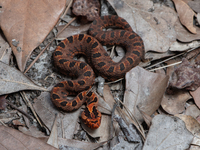 | Recorded by: Shreyes
Hyde Co.
Comment: | 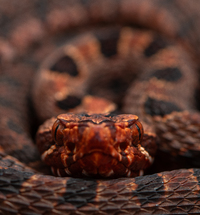 | Recorded by: Shreyes
Hyde Co.
Comment: |
 | Recorded by: Shreyes
Hyde Co.
Comment: |  | Recorded by: M. Windsor, C. Teague
Beaufort Co.
Comment: |
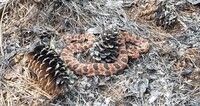 | Recorded by: M. Windsor, C. Teague
Beaufort Co.
Comment: | 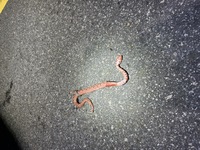 | Recorded by: Jacob Goodman
Hyde Co.
Comment: |
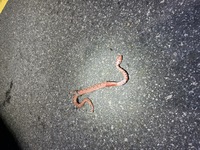 | Recorded by: Jacob Goodman
Hyde Co.
Comment: |  | Recorded by: C. Teague
Beaufort Co.
Comment: |
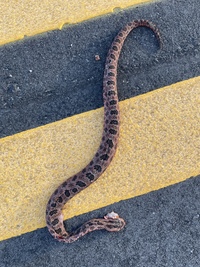 | Recorded by: B. Fleming
Carteret Co.
Comment: | 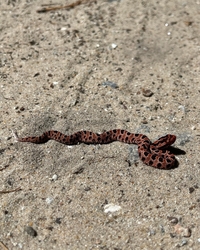 | Recorded by: C. Teague
Beaufort Co.
Comment: |
 | Recorded by: C. Teague, B. Bockhahn, C. Blake
Beaufort Co.
Comment: | 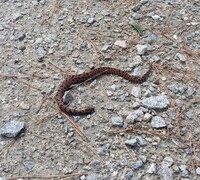 | Recorded by: M. Briley
Beaufort Co.
Comment: |
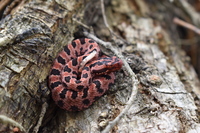 | Recorded by: W. Morris
Beaufort Co.
Comment: | 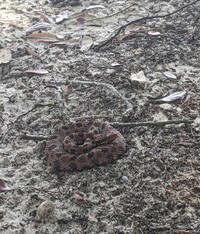 | Recorded by: M. Briley
Beaufort Co.
Comment: |
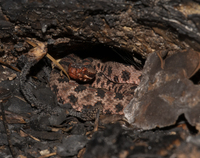 | Recorded by: Ed Corey
Onslow Co.
Comment: | 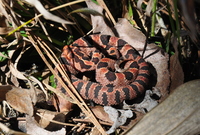 | Recorded by: K. Bischof
Beaufort Co.
Comment: |
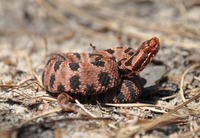 | Recorded by: K. Bischof
Beaufort Co.
Comment: |  | Recorded by: Candie Bates (Park Visitor)
New Hanover Co.
Comment: |
 | Recorded by: N. Crider
Beaufort Co.
Comment: |  | Recorded by: N. Crider
Beaufort Co.
Comment: |
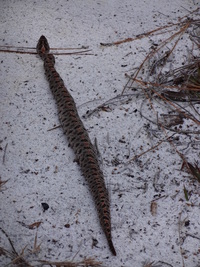 | Recorded by: Jason Brown
New Hanover Co.
Comment: |  | Recorded by: N. Crider
Beaufort Co.
Comment: |
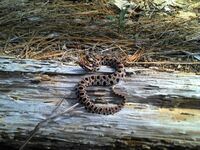 | Recorded by: Erich Hofmann
New Hanover Co.
Comment: | 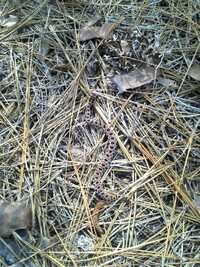 | Recorded by: Erich Hofmann
New Hanover Co.
Comment: |
 | Recorded by: K. Bischof, S. Windley
Beaufort Co.
Comment: |  | Recorded by: K. Bischof
Beaufort Co.
Comment: |
 | Recorded by: K. Bischof, C. Cabral
Beaufort Co.
Comment: | 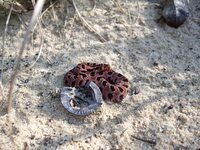 | Recorded by: K. Bischof, M. Smith
Beaufort Co.
Comment: |
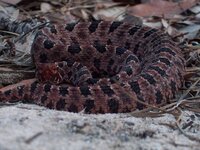 | Recorded by: K. Bischof, K. Thompson
Beaufort Co.
Comment: | 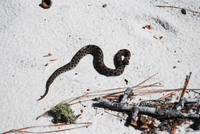 | Recorded by: Carla Edwards
New Hanover Co.
Comment: |
|

 »
» 




 »
» 


